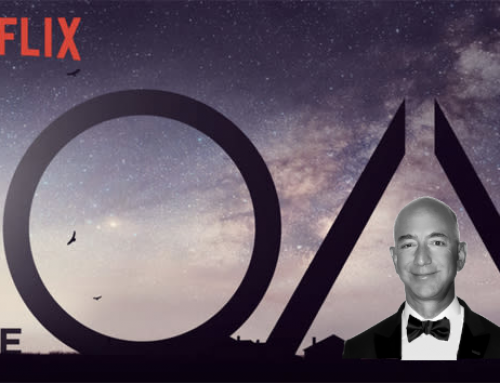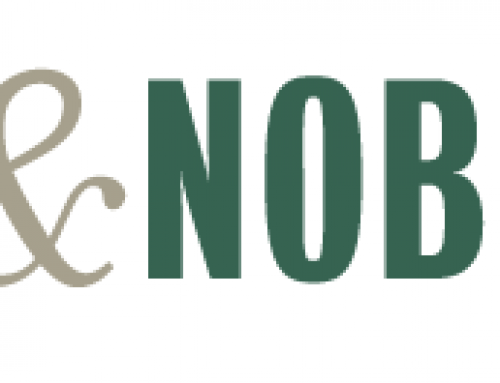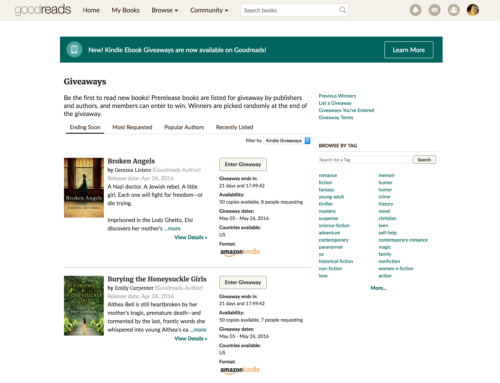
Over the past month or two (or three?), Amazon.com has quietly been letting its stock of many Lightning Source books dwindle and disappear. It has then been assigning most of those out-of-stock books an availability status of 2-3 weeks. In more rare instances, a book shows no direct availability from Amazon at all.
This is very different from how Amazon has operated in the past. For some time now, Amazon has kept substantial stock on hand for all books that sold even marginally—about three weeks worth, the last times I tested it. More importantly, though, Lightning books out of stock at Amazon have still been listed as “in stock” with an availability status of 1-2 days. This has been based on Amazon’s practice of drop shipping such books from Ingram Book Company, as well as on Lightning’s ability to supply Ingram with the required books overnight. But Amazon apparently now feels that its drop shipping arrangement with Ingram is no longer essential or economical.
The situation has become more obvious as more and more Lightning books have gone out of stock. (I would have seen it much earlier myself if Amazon had not carelessly torpedoed Sales Rank Express some months ago.) Though some small publishers still cling to the hope that this is all due to a glitch, the chance of that seems less and less likely.
Lightning Source is aware of the problem, to the extent that it has developed a stock answer for reps to supply to client publishers:
“We are aware that Amazon has changed the availability of some LSI titles resulting in 1-3 week delivery status. Currently, we are continuing to look into the issue and are evaluating our options to address it. We will update you as soon as we have more information.”
Meanwhile, Amazon has started to issue this caveat to inquiring publishers:
“Please note that making your titles available through a wholesale vendor and/or distributor does not guarantee an ‘In Stock’ availability message on our site.”
The result of all this is that small publishers are seeing sales of some titles dwindle or even plummet due to poor availability.
Personally, my LSI novel is still in stock without the 55% discount, which Shepard recommends later in the post. So this is developing…
Get an Editorial Review | Get Amazon Sales & Reviews | Get Edited | Get Beta Readers | Enter the SPR Book Awards | Other Marketing Services






















This captures the complexities of the independent publishing world that authors have to put up with. I used Lulu to independently publish my novel, Promised Valley Rebellion. Some early favorable reviews correctly pointed out that I needed to include a character list. I published another paperback edition with CreateSpace that included a character list and could be sold on Amazon for much less than Lulu’s: $9.99 versus $17.98. I canceled my “project” with Lulu, but it’s out-of-date and much more expensive book still kept showing up on Amazon instead of the CreateSpace edition. (And it kept selling, too, but not to the extent I would’ve liked.) Amazon seems to have a deal with Lulu allowing Lulu to take precedence over CreateSpace, despite whatever I might want. I learned today that I apparently have to cancel my “account” with Lulu and sever all relations with them in order to push the Lulu edition of my book off Amazon. And that’s exactly what I’ve done. What a strange world. If I’d gone with LSI instead of Lulu, apparently I would’ve accomplished what I wanted without lifting a finger.
I recently wrestled with the CreateSpace vs Lightning Source choice when decided to put out a print version of The Enemy We Know. Ultimately I went with CS for convenience, although Shepard’s book almost convinced me otherwise. LS definitely has a better royalty structure.
But if you can’t get your LS copy through Amazon. Uh oh. Not good at all.
This answers a lot of questions, since I’ve been trying to get one from Amazon and Lightning. They’ve both been pointing their finger at one another, but I still couldn’t get a straight answer.
Sadly, about two weeks after my book went from “In Stock” to “2-3 Weeks” I got some great coverage in the New York Times. I’m sure I’ve lost a lot of sales because of this.
Thankfully, my books through LS are still in stock. Though frankly 90% of my sales are from eBooks on the same title. Not sure the rationale behind their decision here, unless they’re choking off other options to make more money with CreatSpace. Any thoughts?
Vicki, I think the companies independent authors depend upon, Amazon most of all, make their deals and fight their fights with one another, and they don’t always pay attention to how they’re affecting Vicki and Ron Doe. Maybe if more of us joined and strengthened an organization such as the Association of Independent Authors, it could speak to Amazon and the other businesses on these issues and be heard by the people at the top
I agree with this. I think Amazon assumes independent authors are more focused on ebooks right now and won’t notice until they’re forced to put up with giving more control to Amazon.
One can of course bypass the ‘2-3 weeks’ bad vibe by simply offering copies of your own as an independent seller under ‘More Buying Choices’. While you may not want to be perpetually stuffing envelopes, at least it makes your book instantly available to anyone who wants it, and you may even achieve greater profit than you would from a normal Amazon sale. I’m really surprised people don’t seem to be doing this much, rather letting ‘2-3 weeks’ become, in this fast world, the equivalent of unavailable.